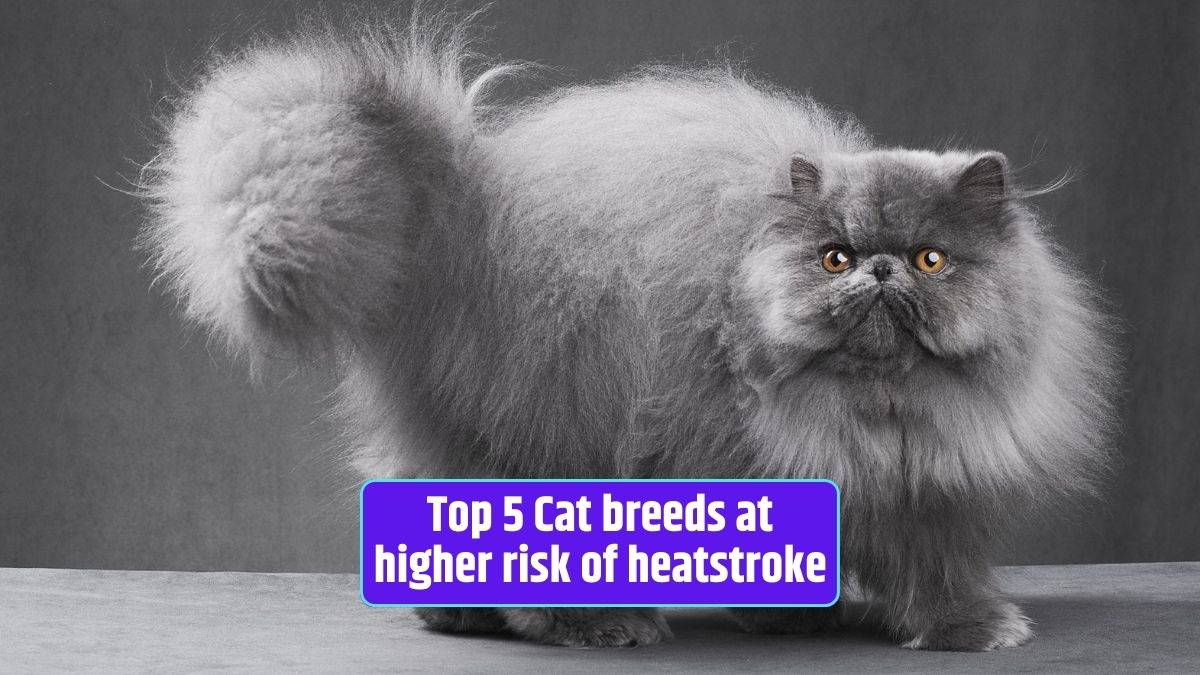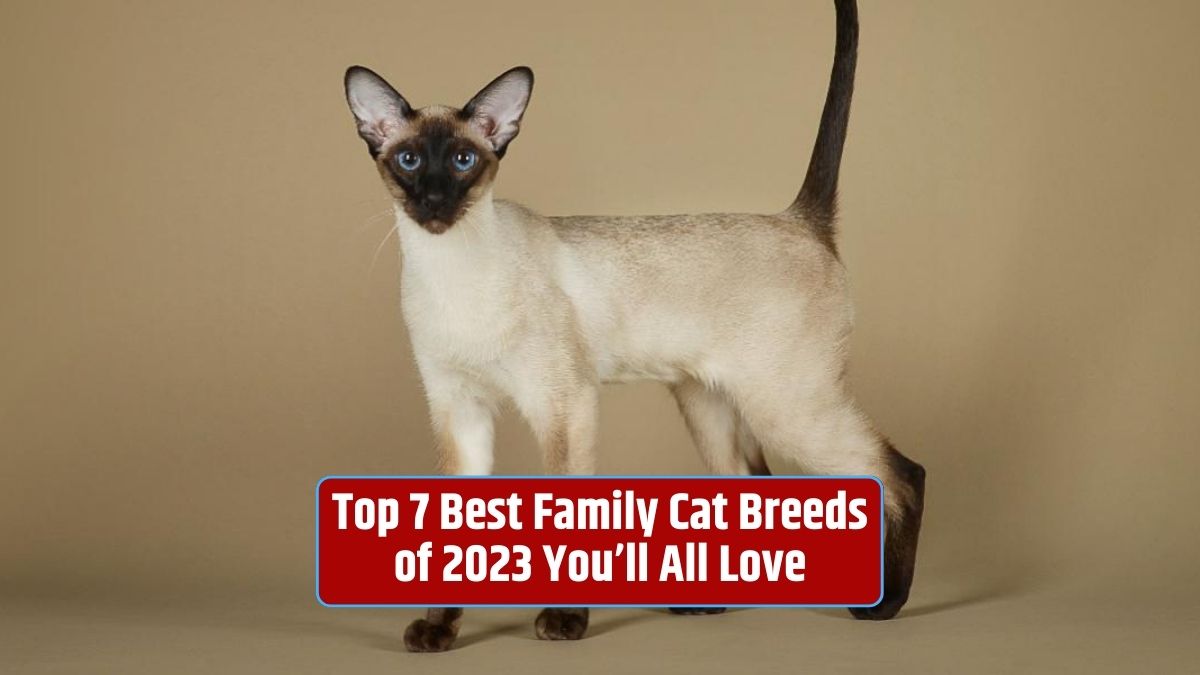As the temperatures rise, it’s crucial for pet owners to be aware of the risk of heatstroke, especially in cats. While all cats can be vulnerable to heat-related issues, certain breeds are at higher risk due to their physical characteristics.
In this article, we’ll explore five cat breeds that need extra attention and care during hot weather to prevent heatstroke.
Persian Cats
Persian cats are known for their luxurious long fur and brachycephalic (flat) faces. Their thick coats can make them more susceptible to overheating. It’s essential to keep them cool and well-groomed during hot weather.
Himalayan Cats
Himalayan cats share characteristics with Persians, including their long coats and brachycephalic faces. These factors put them at risk for heatstroke. Regular brushing and providing a cool environment are essential.
British Shorthair Cats
British Shorthairs are adorable, but their dense, plush fur can be problematic in high temperatures. They don’t handle heat as well as some other breeds. Ensure they have access to shade and fresh water.
Scottish Fold Cats
Scottish Fold cats have distinctive folded ears, but their genetics can also make them more prone to heat sensitivity. They may struggle to regulate their body temperature, so it’s crucial to keep them cool.
Ragdoll Cats
Ragdoll cats are known for their placid nature, but they can be less active, making them more susceptible to heat buildup. Provide them with a cool place to relax and ensure they stay hydrated.
Preventing Heatstroke
Preventing heatstroke in these vulnerable breeds involves:
- Maintaining a cool environment: Use fans, air conditioning, or provide a shaded outdoor space.
- Regular grooming: Keep their fur clean and well-maintained to aid in heat dissipation.
- Hydration: Ensure they have access to fresh, cool water at all times.
- Monitoring: Pay close attention to their behavior; if they seem lethargic or distressed, take action immediately.
- Avoiding exercise during peak heat: Limit outdoor activities to cooler parts of the day.
Conclusion
While these cat breeds may be more vulnerable to heatstroke, all cats are at risk in hot weather. Responsible pet ownership means being vigilant about your cat’s comfort during the summer months. Paying attention to their unique needs and taking preventive measures can help ensure they stay safe and healthy.
FAQs
Are there any signs that my cat is suffering from heatstroke?
Signs of heatstroke in cats can include excessive panting, drooling, lethargy, vomiting, and even collapse. If you notice any of these symptoms, seek immediate veterinary care.
Can I shave my cat’s fur in the summer to keep them cool?
Shaving a cat’s fur is generally not recommended, as it can disrupt their natural cooling process. Instead, focus on regular grooming to remove excess hair.
What temperature is too hot for my cat?
Cats can become uncomfortable at temperatures above 80 degrees Fahrenheit (27 degrees Celsius). It’s essential to provide them with a cool and shaded area during hot weather.
Are there any specific breeds that are more heat-tolerant?
Breeds with short, sleek coats, like the Egyptian Mau and the Cornish Rex, tend to handle heat better. However, all cats benefit from a cool environment in hot weather.
How can I cool down a cat suffering from heatstroke at home?
If you suspect your cat has heatstroke, move them to a cooler area, offer water (but don’t force it), and wet their fur with cool (not cold) water. Seek immediate veterinary care.









